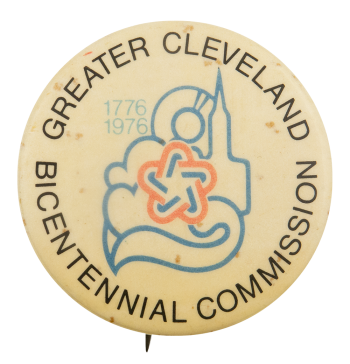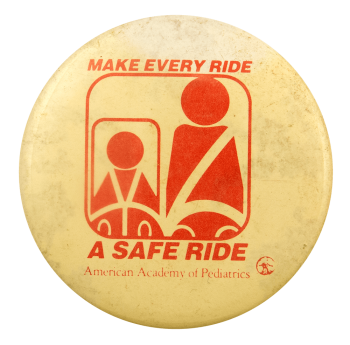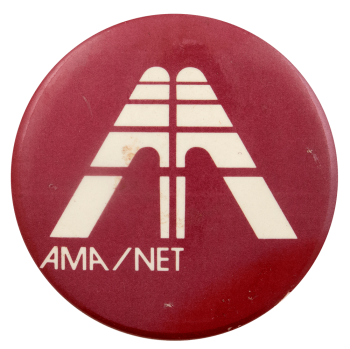Put Prevention into Practice
| Category | |
|---|---|
| Additional Images | |
| Sub Categories | |
| Text on Button | PUT PREVENTION INTO PRACTICE |
| Image Description | Three green lines with blue text in between the green lines in front of a yellow background. |
| Back Style | |
| The Shape | |
| Additional Information | According to the Agency for Healthcare Research and Quality, “Put Prevention into Practice”, or PPIP, is the name for a slew of materials, tools, and resources concerning staying healthy and being proactive to prevent health concerns before they arise. This includes a guide to preventive clinical services, as well as information on how to stay healthy at any age. |
| Sources |
“Tools and Resources.” Www.ahrq.gov, www.ahrq.gov/prevention/resources/chronic-care/marketing/pptools/index…. Accessed 14 June 2023. |
| Catalog ID | CA0854 |




















